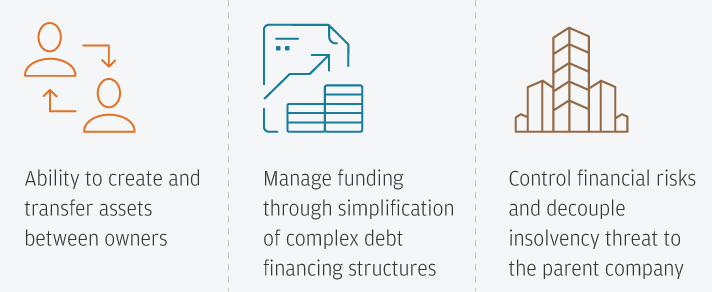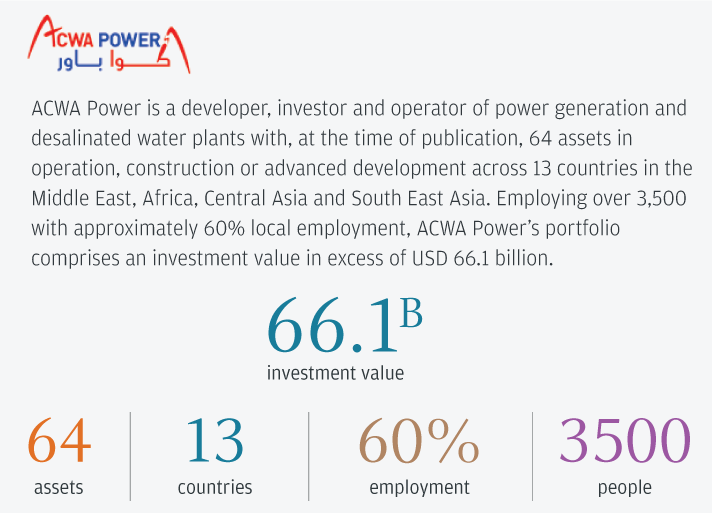Historically, asset-based businesses have relied on secured financing to fund and capitalize asset purchases. Under secured financing arrangements, bank accounts for SPVs are often pledged to a financing party to obtain a security interest in the asset in case of a change in control. With SPV bank accounts so encumbered by third-party pledges, asset-based businesses have been limited in their ability to reduce bank accounts, yet they still comply with secured financing covenants. Moreover, traditional liquidity products, such as cash concentration or notional pooling, are often also unavailable, because they require transaction banks to waive their traditional set-off rights.
In recent years, however, financing models for asset-based businesses have undergone change, thereby presenting an opportunity to streamline bank account structures by introducing in-house banking techniques like on-behalf-of centralization. In-house banking represents a central method for organizations to simplify their banking structures. In-house banking, widely understood to be the centralization of financial value chain activities within the group treasury, includes key financial functions like managing transactions, the balance sheet, liquidity and risk. Sophisticated enterprises establish in-house banks to benefit from liquidity centralization, working capital optimization, process efficiency, risk mitigation, centralized control and reduced bank account management through adoption of the centralized operating model.
In-house banking frequently includes establishing payment and collection factories to improve control and reduce the number of bank accounts—a key objective of many firms, but especially for asset-based business models. A “collection factory” refers to the implementation of a receipts-on-behalf-of collection model, whereby a dedicated treasury entity processes all group collections on-behalf-of subsidiaries (SPVs) through one group bank account per currency. Similarly, a “payment factory” refers to the implementation of a pay-on-behalf-of (POBO) payment model, whereby a dedicated treasury entity processes all group payments on-behalf-of subsidiaries through one group bank account per currency.
Firms face a multi-year project with significant capital expenditure to select, license, implement and integrate vendor-based in-house banking software, frequently requiring considerable professional services consultancy, to implement infrastructure to enable on-behalf-of (OBO) operations. The change management impacts should not be underestimated.
However, in recent years financial institutions have made the significant investments in systems that enable organizations to realize treasury transformation and achieve on-behalf-of operations without the capital expenditure seen in traditional centralization projects. At the core of these bank-offered in-house bank platforms are clearing-routable virtual bank accounts.










